How to care fruit tree
Part Three of Three: Caring for a Fruit Tree 1 Decide how to prune. If you want the tree to produce fruiting branches low to the ground, you can prune it to knee height and cut back the side branches to one or two buds. This will direct the tree's energy to producing low branches at the cuts you made. [5] On the other hand, you can lop off the bottom branches if you'd prefer the tree not to have branches low to the ground. 2 Protect the tree from sunburn. Many fruit tree growers use a diluted solution of half white latex paint, half water to paint the tree trunk to act as a sunscreen. If you live in a region with very strong sun, like the Southwestern US, using this method will protect your tree from sun damage. 3 Control weeds. It's important to weed the area around the tree as it grows to protect the roots and keep the tree growing healthy and strong. Pull the weeds by hand, rather than using an herbicide. [6] 4 Don't overwater.
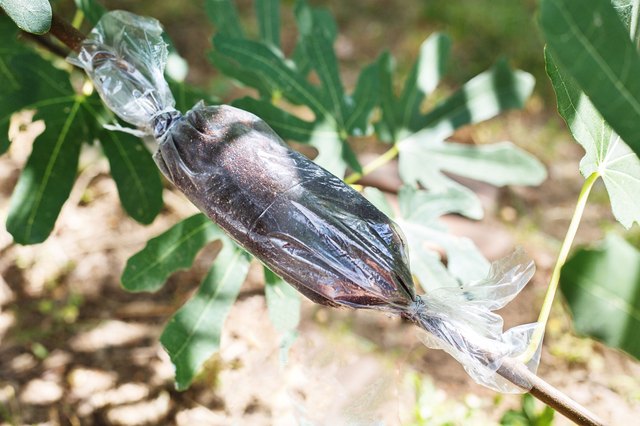
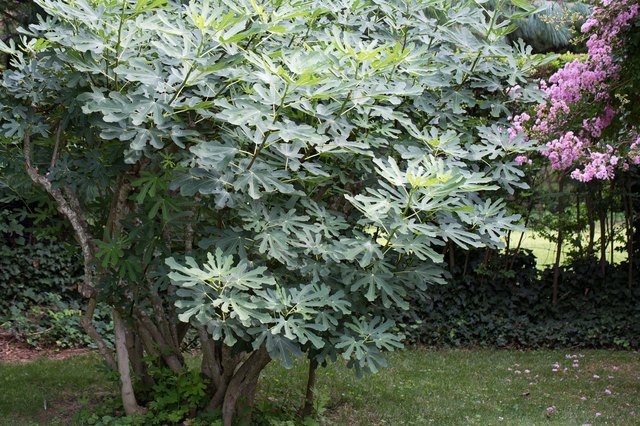
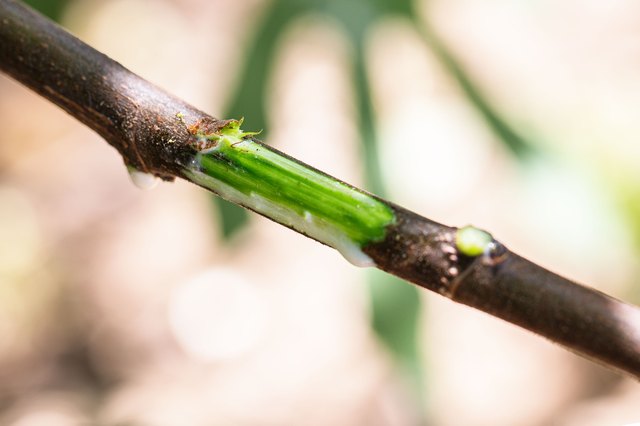
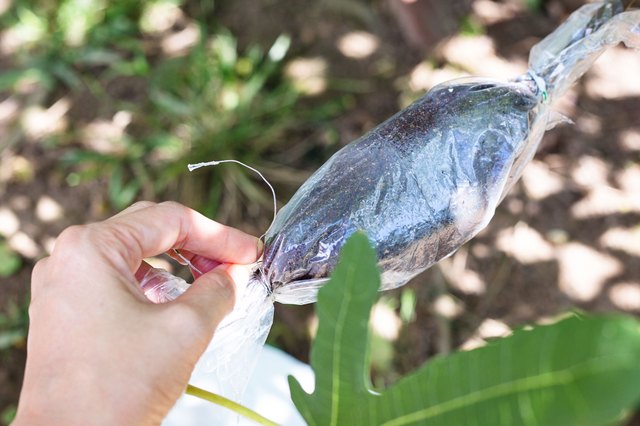
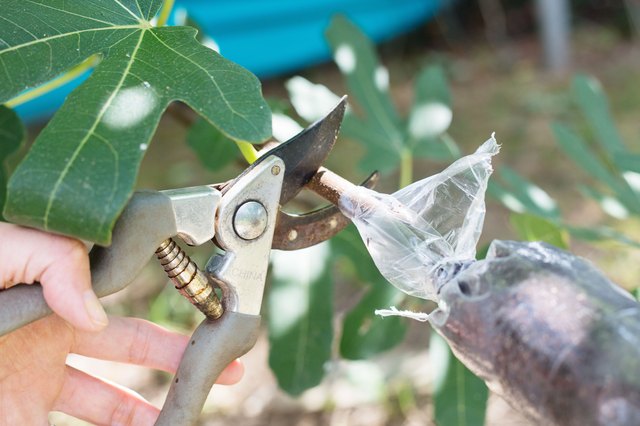
Comments
Post a Comment